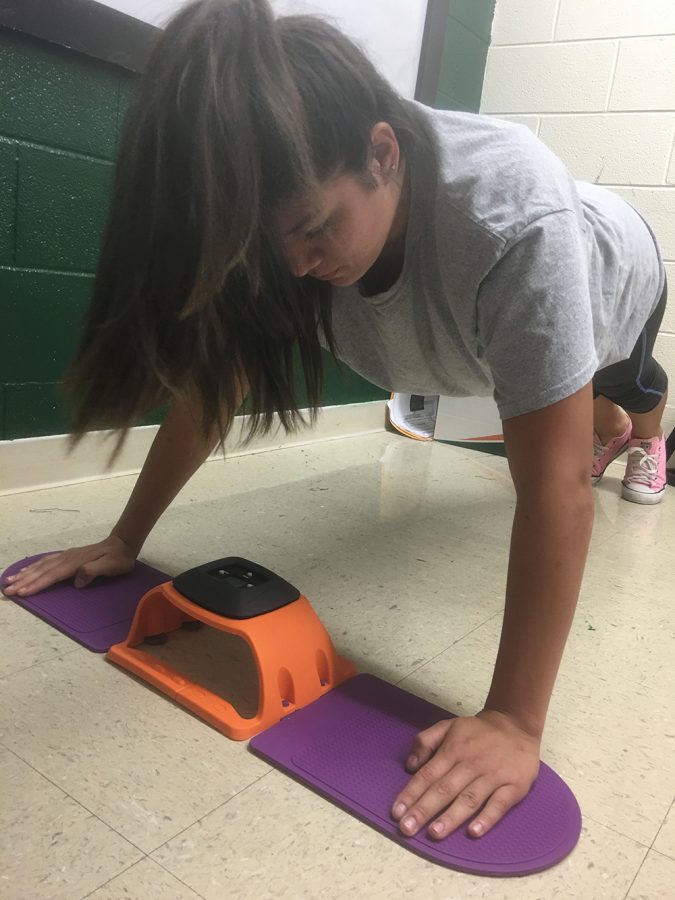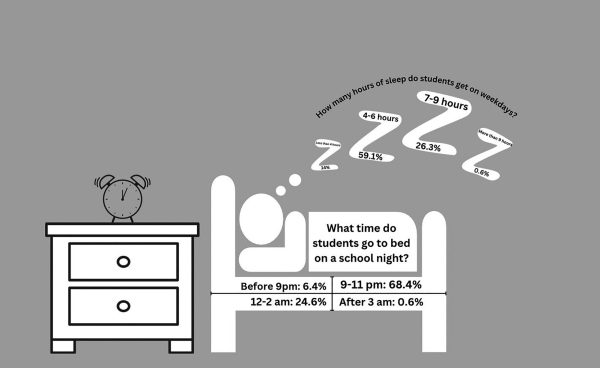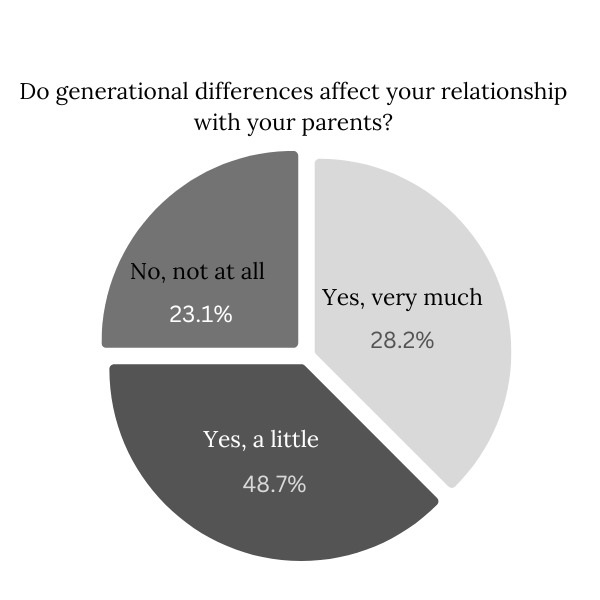New fitness testing rules enacted: Chest-hand pad apparatus included in new push-up test
September 28, 2016
The push up test has changed to truly assess students’ muscular strength. Now, students have to go down to a 90 degree angle, touch their chest to a padded sensor, wait for a beep that verifies their touch, and then push back up.
“The counters we are using in PE to administer the push-up test are a great way to monitor whether students are completing the test correctly or not,” Gregg Bayer, P.E. teacher, said.” It gives us immediate feedback on students’ form and technique.”
However, some students don’t like this new testing for several reasons. Senior Jordan Ekblad doesn’t like the new chest and hand pads because “if you miss a beep but you do the push up, then it affects your score.”
Other reasons for not liking this new form of testing are simple.
“I’m not good at push-ups,” Chris Powers, sophomore, said.
While many students aren’t fond of this new way of testing, there are mixed feelings about the cardiovascular endurance tests. Depending on the weather outside and the teachers’ decision, students are given the option to run the pacer or the mile.
“Some may be more comfortable doing one over the other. Also, the pacer starts slower and progressively increases,” Brian Bazan, P.E. teacher, said. “When running the mile, a person could start out faster and continue their pace that way.”
Some students feel the pacer is better because they get to choose their score.
“I can stop whenever I want to,” Kayley Grabowski, senior, said. However, the mile run has its benefits too.
“I feel it’s easier. You don’t feel rushed, and you can set your own pace,” Ekblad said.
Although no other test has changed like the push up test, the overall assessment of student scores has changed. Students used to be graded based on a chart focused on gender and age of the students, and a certain fitness test score would fall under a certain grade for students to receive.
Currently, the fitness testing is all individualized scoring. Students are tested at the beginning, middle, and end of the semester, and if students improve over the course of a semester, then they should either meet or exceed the healthy fitness zone and, therefore, receive an A.
In contrast, if students’ scores progressively decrease, then they will not receive an excellent grade because they didn’t improve.
There is still a chart to indicate what the healthy fitness zone is, so that even though students might improve on their scores throughout the semester, they will know whether or not it would be beneficial to improve even more.
“I think it is beneficial for students to have a realistic idea of their fitness levels. I wish we had a better way of testing, but logistically this is how we have to,” Anne Campbell, Assistant Athletic Director, said. Not only will physical education and fitness testing help to benefit student’s health, it will help them to save money too.
According to usatoday.com, “you could save up to $2,500 a year in healthcare costs by exercising each week.” A survey of 26,000 Americans found that people who exercised on a regular basis saved more money on medical expenses than those who didn’t perform the necessary physical activity requirements.
“’Even among an established high-risk group such as those diagnosed with heart disease or stroke, those who engaged in regular exercise activities reported a much lower risk of being hospitalized, [having] an emergency room visit and use of prescription medications,’ [Khurram] Nasir [the study’s senior author and director of the Center of Healthcare Advancement and Outcomes at Baptist Health South Florida in Coral Gables] said.” The country as a whole could save billions of dollars in healthcare costs every year if 20% of people with cardiovascular disease exercised at the recommended levels of physical activity.
Many states require fitness testing in high school, but some don’t, and physical education teachers feel that it should be required in all states.
“The United States has the highest rate of obesity and Type II diabetes than ever before. We need to address students’ health in schools,” Campbell said.
“I do believe Physical Education and fitness testing should be required in all states,” Bayer said. “It has been proven that if you have a good cardiovascular workout before going to one of you core classes you are going to be more attentive, able to process information more clearly, and score better on your tests.”
“We all want our young people to be healthy as they grow older. This will help put them on a path to do so,” Bazan said. “Plus, these are the leaders of the future. I want my future leaders to be healthy!”
While the vote is unanimous among teachers, there are some different opinions among students.
“I feel like as long as the kids are active and the teacher sees it, then that should be good enough,” Ekblad said.
“Students can be pushed to their full potential. It would help the whole country become more fit,” Grant Thomas, senior, said.
“Fitness testing is part of the Illinois State Standards to assess current fitness levels as well as an Illinois State Mandate for grades K-12, which has been formulated by the PE and Health Task Force,” Jennifer Tomczak, P.E./Health/Driver Ed Divisional Chairperson, said. The purpose of the Health Task Force is to help students be aware of what they need to improve on and to be able to meet their goals.
According to isbe.net, “Public Act 97-1102 established the Illinois Enhance Physical Education (P.E.) Task Force in 2012 to promote and recommend enhanced physical education programs that can be integrated with a broader wellness strategy and health curriculum in elementary and secondary schools in this state.” The so-called “enhanced physical education programs” are not only supposed to help students to perform better in school and on standardized tests, but to help individuals physically and medically.
“Being able to self-access [students’] fitness levels will help to identify if they are at a higher risk for health related issues such as heart attack, stroke, type II diabetes, high blood pressure, back injuries and obesity,” Tomczak said, regarding negative effects of not fitness testing. Fitness testing is used to help students challenge themselves and to motivate them to become better.
“It is a means of empowering the individual to take their health into their own hands, work towards an established goal, and track their progress throughout the school year,” John Prieboy, P.E. teacher, said. It’s the job of the students to take control of themselves.
“As a teacher, I want my students to always put forth their best effort. If they do this with fitness testing, maybe they will do this with other aspects of their lives as well. This would make it more enjoyable for me to work with students who care about their physical well-being,” Bazan said.
Fitness testing has its positives and negatives, but no matter how students feel, fitness testing is mandated by the state, so they might as well get used to it now.











